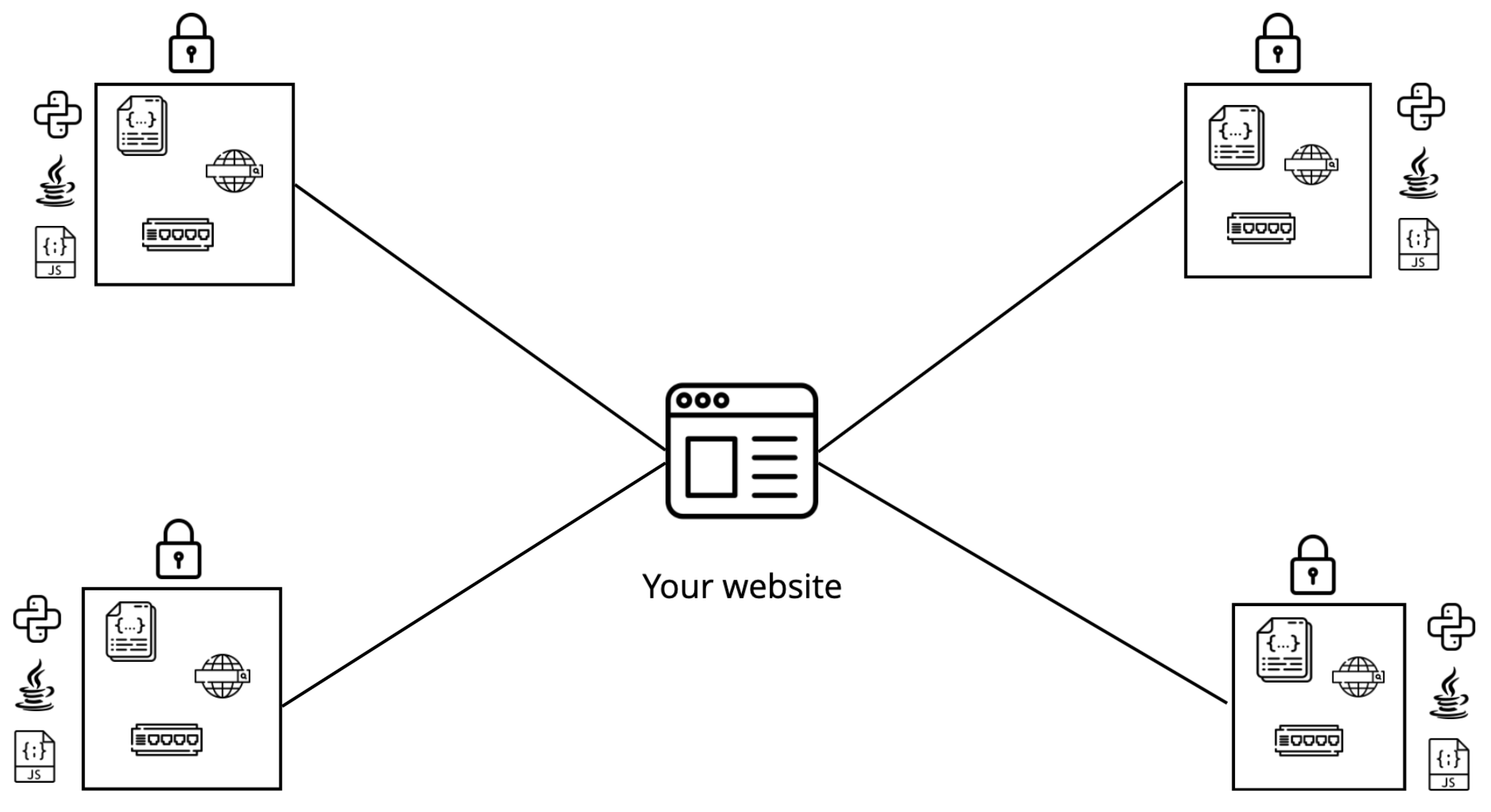HyperExecute vs Traditional Test Grids
Traditional automation testing solutions are slow since the triggered test scenarios are first sent to the Hub, which in turn are scheduled to run on the best-suited Node. This results in unnecessary lag as a number of components are involved in the entire process. Over & above, multiple network hops with the network separated components results in increased test flakiness, a factor that can be a huge hindrance to time-to-market.
Traditional Tests Grids
Traditional tests refers to the conventional approach of executing software tests using a hub and node infrastructure. In this method, test scenarios are sent to a central hub, which then schedules and distributes them across multiple nodes (machines or virtual environments) for execution. The test scenarios are typically executed sequentially on the nodes, one after the other.
Here is a diagrammatic representation of how tests are run using traditional solutions:

Limitations of Traditional Tests Grids
-
Slower Execution: Traditional tests often suffer from slower execution times due to the sequential nature of test case execution.
-
Test Flakiness: The separation of network components introduces instability and unreliable test results.
-
Limited Scalability: Traditional test automation environments may face challenges when it comes to scaling. Adding more nodes or expanding the infrastructure requires additional hardware or virtual resources, which can be costly and time-consuming.
-
Limited Test Parallelism: Traditional test automation methods often lack efficient parallel execution capabilities as in sequential execution, tests are unable to take full advantage of available computing resources.
HyperExecute
HyperExecute integrates all test automation components into a single environment, ensuring seamless communication and maximizing efficiency. By leveraging cloud infrastructure, HyperExecute harnesses the power of distributed computing, enabling faster and more scalable test execution. HyperExecute prioritizes security by encrypting test execution logs and leveraging Azure cloud storage, ensuring data protection during transit and at rest.
Here is the diagrammatic representation of how tests are run on the HyperExecute infrastructure:

As seen above, tests are securely run on dedicated machines on the Azure cloud. The cloud (for execution) is chosen based on the location from where concierge (i.e. HyperExecute CLI) is triggered.
Features and Advantages
-
Auto Split Strategy: Enables parallel test execution by intelligently distributing test scenarios based on custom filters, that reduces test execution time.
-
Matrix Multiplexing Strategy: Empowers users to execute a single command across multiple scenarios, conditions, and environments, facilitating efficient regression testing and improving code stability.
-
Smart Caching : Optimizes regression testing by intelligently caching test artifacts, speeding up the subsequent test runs.
-
Auto Purging of Environments: Automates the cleanup of test environments after build completion, maintaining a clean and optimized testing setup.
-
Fine-Grained Concurrency Control: Hyperscale of HyperExecute allows users to have fine grain control over test execution concurrency using YAML files.
For more details, please refer to our guide on Key Features of HyperExecute
